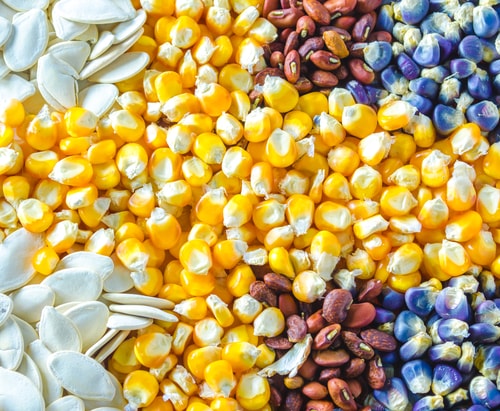One disease is new to New York, the other hasn’t been seen in 30 years
By Diego Flammini, Farms.com
A project conducted by the Northern New York Agricultural Development Program has discovered a disease in corn that’s been absent for 30 years and a disease in soybeans that’s completely new to New York.
The research, led by Gary C. Bergstrom, a Plant Pathologist at Cornell University discovered head smut in corn located in Jefferson County and northern stem canker in soybeans also planted in Jefferson County.
Head Smut
This disease in corn surprised researchers because it hasn’t been confirmed in New York since the 1980s. The University of Nebraska-Lincoln states that it’s caused by the Sphacelotheca reiliana fungus. It can cause yield loss and impact marketability because some countries will restrict imports. Head smut can sometimes be confused with common smut.
Symptoms of head smut can include wire-like extensions on the ear or tassel, the plant may have a teardrop-shape and lack of silks in the husks.
Management of head smut can include planting corn earlier or using fungicides.
Northern Stem Canker
Northern stem canker had never been discovered in northern New York but was found in western New York in nine soybean fields in 2014.
The University of Wisconsin says it’s caused by Diaporthe phaseolorum var. caulivora or Diaporthe phaseolorum var.meridionalis.
Symptoms of northern stem canker can include small lesions that are reddish-brown in color and appear in the leaf scar.
Yield losses due to northern stem canker can range from 50 to 80%
Management practices can include deep plowing, crop rotation and foliar fungicides.
Join the discussion and tell us if you’ve ever had to manage any of these diseases. How did you do it? What measures did you take to make sure they don’t come back?

Different kinds of corn seeds